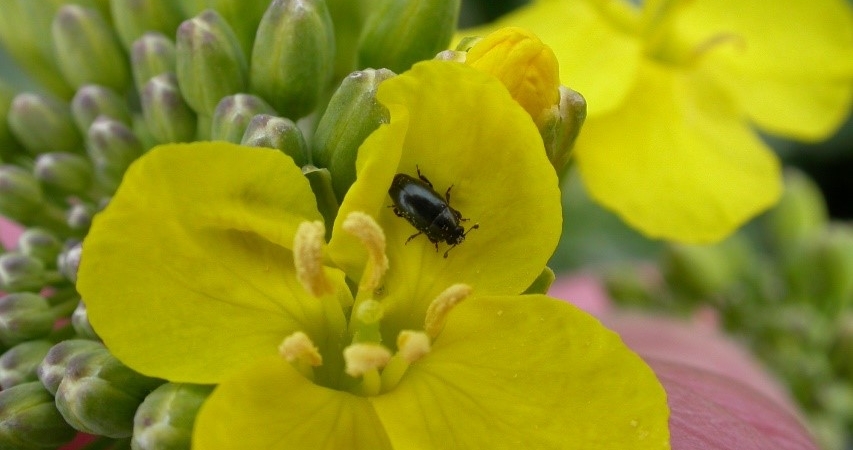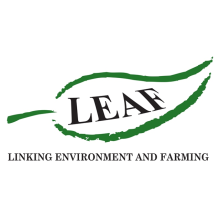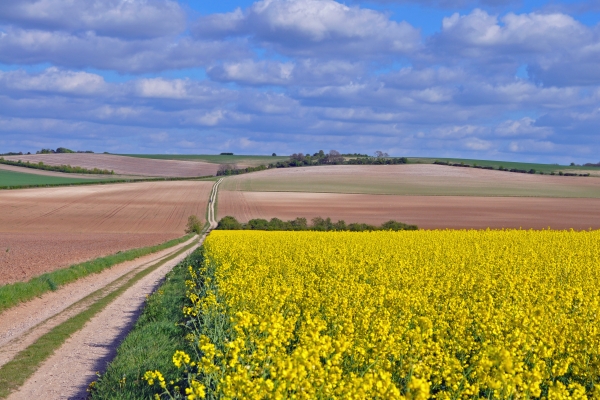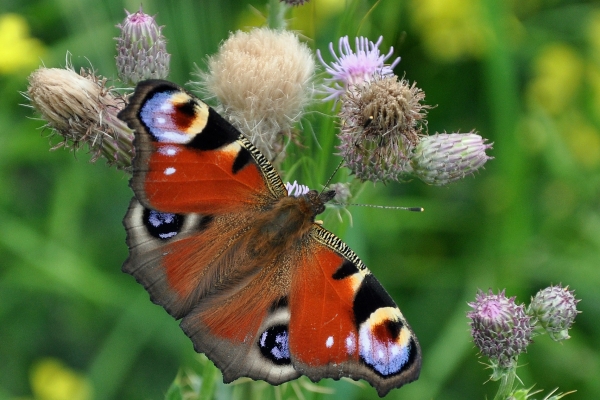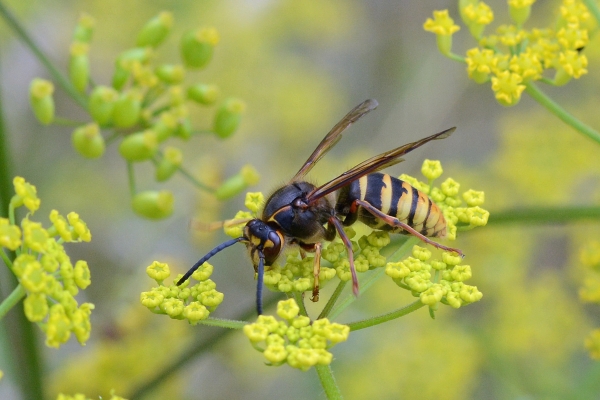Simply Sustainable Integrated Pest Management
Part of the LEAF Simply Sustainable Series
Resource explained
The booklet provides a step by step guide to delivering crop health through a range of methods including cultural, biological, physical and chemical. Each chapter addresses one of the eight principles of IPM, enabling practical strategies for on-farm implementation. Building on LEAF’s extensive experience of crop health and protection over 30 years of Integrated Farm Management (IFM) it contains information on how and why to integrate the most appropriate range of crop protection strategies to your individual cropping systems. A self-assessment tool with simple scoring system is provided to help you benchmark current practice and help improve productivity alongside environmental enhancement.
Findings & recommendations
IPM is a cornerstone of Integrated Farm Management (IFM) and consists of a toolbox of techniques for sustainable crop production. IPM applies a number of principles:
- preventing and suppressing the build-up of harmful organisms
- monitoring pest populations and forecasting of impact
- use of thresholds to determine when to intervene
- considering all options for pest control (including non-chemical)
- selection of appropriate interventions considering all potential risks
- minimising chemical intervention by maximising efficiency of application
- strategising to prevent the build-up of resistance in pest populations
- reviewing the success of a chosen strategy to facilitate continuous improvement
Combining these principles, the approach aims to ensure management and control of pests, weeds and diseases in crop production, maintaining economically acceptable pest levels whilst optimising the use of chemical inputs.
IPM encourages better and more targeted use of all available control measures. IPM also takes advantage of a wide range of practices enabling you to develop and design the best overall strategy for your circumstances which presents the lowest risk to human health and the environment, maintaining biodiversity, conservation and the sustainable use of resources.
